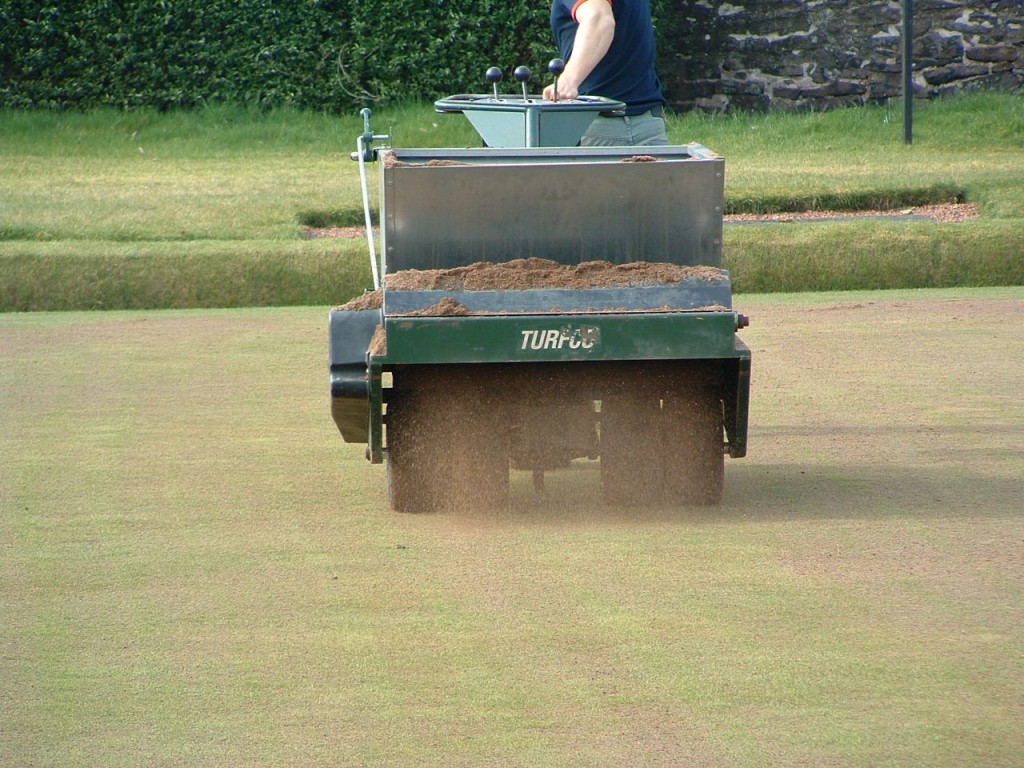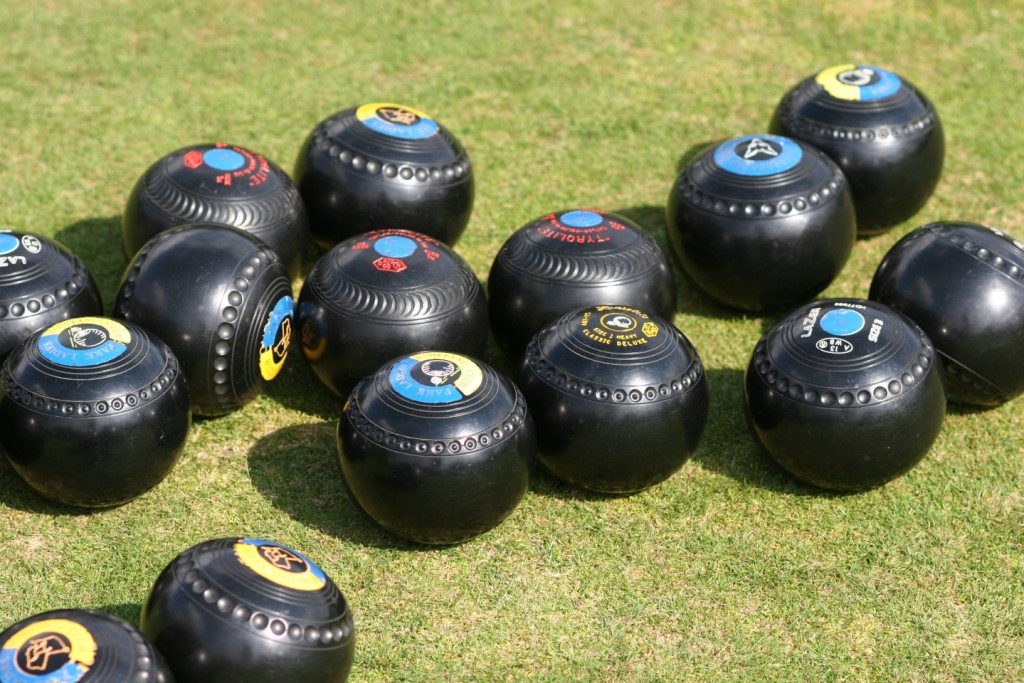Recent summers have seen a lot of greens devastated by Localised Dry Patch a disorder that is rapidly becoming the scourge of Bowling Green Maintenance Specialists and Club Greenkeepers a like.
I make no apology for writing about this once again, because in my opinion this issue has the ability to accelerate the decline of many already shaky clubs.
It is also clear that there is a deep misunderstanding of the issue across the bowling community…how do I know this?
Well, on several occasions over the last week I have been confronted with some of the worst examples of Localised Dry Patch I have seen in 30 years; in some cases there is virtually no grass cover left and the green surfaces are unlikely to hold together until the end of the season, but…
Despite that, I am still coming up against two of the most mind boggling situations time after time:
- The first is when I am actually demonstrating Localised Dry Patch in action by removing soil samples from affected greens and showing committee members powder dry soil/sand; and they insist that they think the green needs a good top-dressing!
- The second is when I get a phone call or email from a club with the same severe LDP problems who have had a recommendation from an “expert” that they need to top-dress their green to over come the problem.
Listen folks; I know this is turning into a bit of a rant but here are a few bullet points that you must remember if your green and maybe even your club is going to survive:
- Localised Dry Patch (LDP) is a soil disorder not a disease so it can’t be reversed over-night by any quick fix method regardless of how convincing the salesman is!
- LDP has the capability to ruin your green beyond economical repair.
- LDP is so common because clubs have habitually thrown tonnes of sand based top-dressings at their greens for decades; the tipping point has been reached, many clubs are now trying to produce bowling surfaces with limited budgets on very high sand content soils; it can’t be done!
- More sand will only make the problems worse not better.
So what can be done?
Well currently if your green is affected even mildly by LDP and you are in the process of thinking about an autumn program that includes top-dressing with several tonnes of high sand content top-dressing you are not only damaging your green, but you are also wasting hundreds of pounds.
- My eBook Performance Bowling Greens, a practical guide costs less than a bag of fertiliser, so do your green a favour and just buy a copy…its peanuts compared to what you are about to do otherwise.
- In the book there is a clear plan for getting over LDP and moving your green to a consistently high performance surface.
- You will save a lot of cash by taking a more natural, less abusive approach to green maintenance.
- The savings you make could be what saves your club from going under and your green will be on the road to recovery and consistent high performance into the bargain.
If you decide to ignore this, then please take away one message “Stop Dressing”




